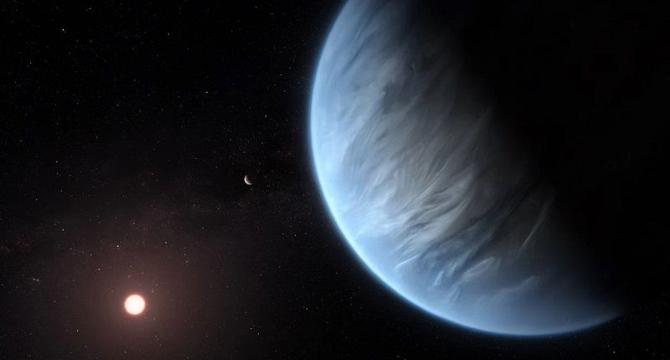Knowridge
4w
80

Image Credit: Knowridge
Why Webb may never be able to find evidence of life on another world
- The discovery on exoplanet K2-18b implies potential evidence of life, as revealed by the JWST detecting certain atmospheric chemicals linked to living organisms on Earth.
- Researchers caution that these findings do not confirm the existence of life, only the presence of chemicals suggesting its possibility.
- The JWST aims to contribute to understanding planetary systems and the origins of life, although definitive biosignature identification poses challenges.
- The difficulty lies in JWST's limitations in detecting conclusive biosignatures, with uncertainty surrounding the telescope's actual capabilities.
- The telescope's primary role may lie in enhancing knowledge of exoplanets and their atmospheres rather than identifying definitive signs of life.
- JWST's transmission spectroscopy faces hurdles like starlight contamination and data retrieval complexity, leading to skepticism about detecting a clear 'silver bullet' biosignature gas.
- Transmission spectroscopy on rocky or sub-Neptune exoplanets around M dwarfs presents challenges due to stellar activity introducing noise in signal detection.
- Interpreting transmission spectroscopy signals for planetary properties, habitability, and life presence remains intricate and subject to refinement.
- Authors stress the complexity of deriving reliable biosignature detections and suggest that JWST may never definitively identify a biosignature gas on an exoplanet.
- While the JWST may not conclusively prove the presence of biosignatures, it aids in advancing the understanding of exoplanets and their atmospheres.
- The JWST's continuous observations and data acquisition will contribute to the ongoing exploration of potential biosignature candidates in exoplanet atmospheres.
Read Full Article
4 Likes
For uninterrupted reading, download the app